 Institute of Applied and Computational Mathematics
IACM is one of the few research institutes in Europe dedicated to promoting the use of advanced mathematics in natural sciences and engineering
Institute of Applied and Computational Mathematics
IACM is one of the few research institutes in Europe dedicated to promoting the use of advanced mathematics in natural sciences and engineering
Mesoscale & Continuum Modelling
ABOUT
The research of Modelling and Mechanics group aims to the investigation of new problems in mechanics of materials, optics, and quantum mechanics and its applications in nanosciences, mathematical biology and mathematical geophysics. The main focus of the group is in the continuum modelling of discrete atomistic problems, the constitutive modelling of graphene and germanium, the dynamics of optical waves in photonics graphene and lattices, the dynamic behaviour of magnetic materials and skyrmionic textures, and in the semiclassical modelling of acoustic and elastic waves and quantum systems. The group develops novel models, new analytical methods and numerical techniques, and contributes to the training of graduate students and young researchers, with diverse background in physics, applied mathematics and engineering, working on these problems from different perspectives.
RESEARCH AND DEVELOPMENT ACTIVITIES
Continuum Modelling of Discrete Atomistic Problems: Research on this field aims to the development of various techniques from discrete mathematics to provide exact connections of continuum and atomistic descriptions of crystalline solids, such as nanoparticles. We have developed a new concept of lattice-cell average that allows such connections. We are able to provide explicit exact expressions for surface and edge energies of nanocrystals, for general interatomic potentials, and a new expression of the interfacial energy of deformation twins and phase boundaries, with extensions beyond pairwise interactions.
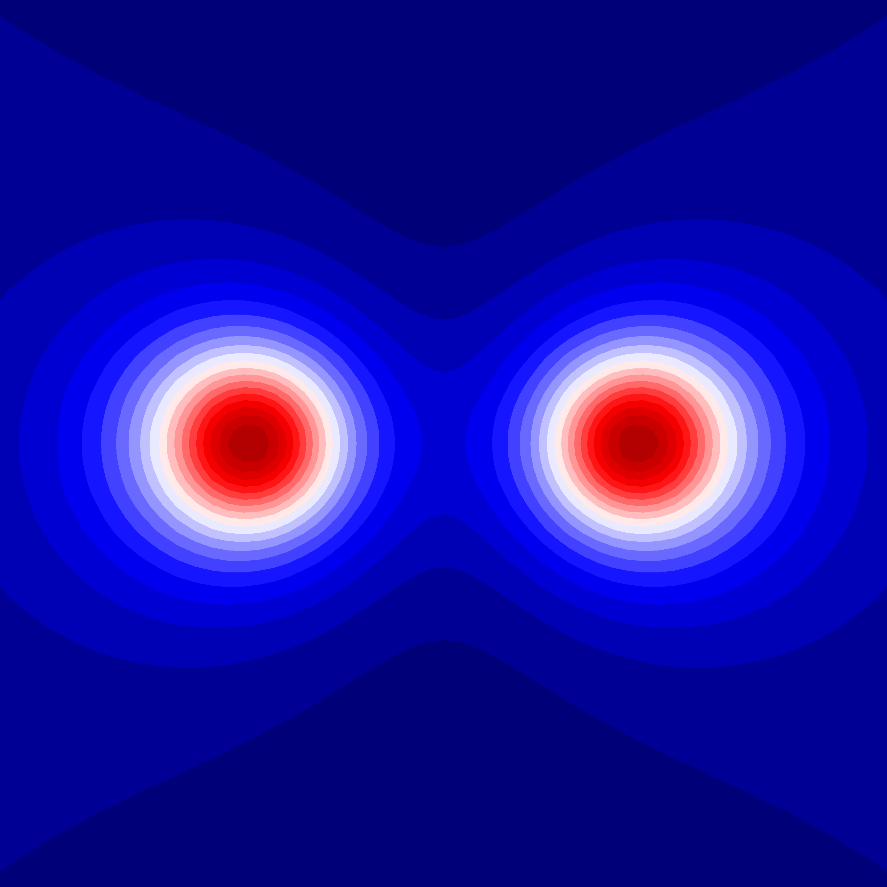
Constitutive continuum modelling of monoatomic and diatomic multilattices: Research in this area employs the arithmetic symmetry group to model materials used in emerging technologies, such as graphene, germanium, hexagonal boron nitride and others, in the discrete level. Confinement to weak transformation neighbourhoods and use of the Cauchy-Born rule allow for the transition from the discrete to the continuum description, where someone is able to work with the geometric symmetry group. The theory of invariants is used to build up generic expressions for the energy that fully capture material’s anisotropy at the continuum level both for the small and finite deformation regime. When there is no available representation theory one may use the theory of integrity basis to build the energy functions. Such energies describe in the most general way the mechanical response of materials at the microscale when they are scaled up to the continuum.
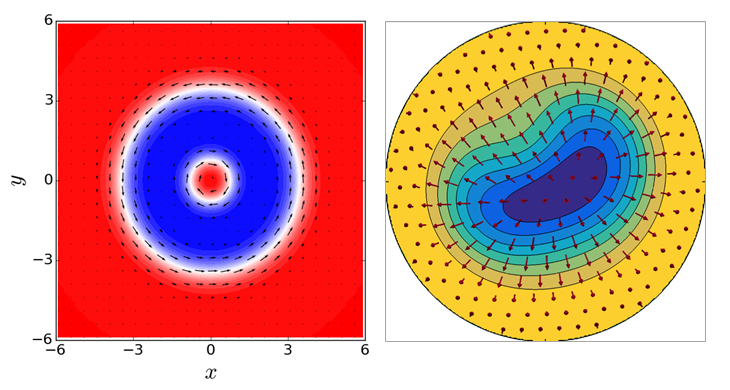
Semi-inverse methods: Closed form solutions that correspond to simple mechanical experiments are obtained from the system of momentum’s differential equations using semi-inverse methods. Simple tension/compression, indentation, wrinkling\buckling are examples of simple but important tests for the characterization of materials at the microscale. They serve as a guide for testing continuum theories of micro, nano materials against available experimental or computational results.
Optical beams and Structured light fields: Research in this area aims to the theoretical understanding and numerical simulation of optical waves in space and space-time, and their applications in different branches of optical engineering and photonics. The core of this activity concerns the generation of optical waves with engineered properties such as beam width, trajectory, and maximum amplitude, as well as the propagation of invariant optical fields of the Airy and Bessel-type, and their applications in high-resolution microscopy and stealth technologies .
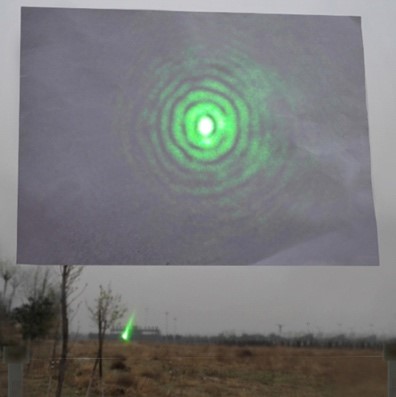
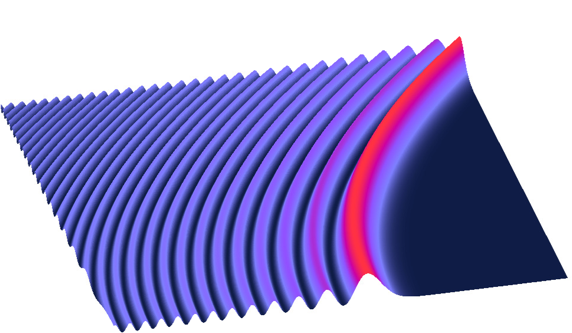
Periodic lattices: Research in this area deals with specific nonlinear aspects of light propagating in complex systems with periodic optical indices. Especially we focus on the dynamics in different types of lattices and the understanding of topological phenomena, gauge fields, dynamic localization and coherent destruction of tunneling, and also the interplay between pseudospin, isospin, and vorticity in photonic graphene.
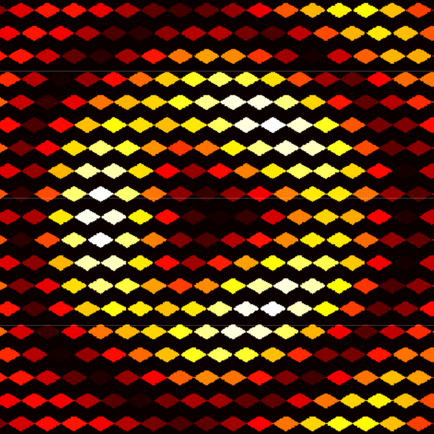
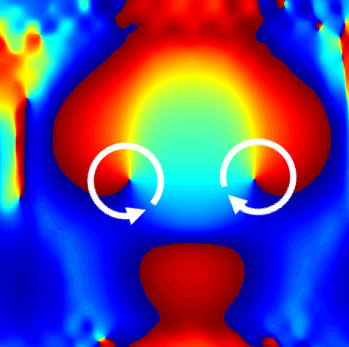
Solitons in condensed matter physics: Topological solitons arise in a great variety of condensed matter systems, as well as in cosmology and in nonlinear optics. The research in this direction focus on the investigation of ultra-cold gases that form Bose-Einstein condensates (BECs), which are of particular interest to quantum technology. Quantised vortices (or superfluid vortices) are found as solutions of Gross-Pitaevskii models. The tunability of gaseous BECs allows for complicated structures, such as vortex rings that propagate in a cylindrical BEC, to be formed. The study of these systems is based on the theory of conservation laws and the numerical simulation of the nonlinear model.
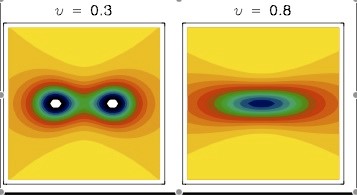
Semiclassical modeling of wave and quantum systems: Research in this direction focuses on the semiclassical asymptotics of wave and Schrodinger equations, via phase space techniques, which are very powerful for the construction of uniform (caustic-free) solutions of the Cauchy problem with highly oscillatory data, and the investigation of propagating singularities and beam-type solutions, in acoustics, seismology, optics and quantum mechanics. Techniques from microlocal analysis (Fourier integral operators) and deformation quantization (Wigner and wave-packet transforms) are employed to device phase space equations governing energy density and flux propagation. Asymptotic solutions are constructed using stationary phase approximations for complex phases, that are able to describe essential wave and quantum effects in phase space far away from classical Lagrangian manifolds.
Mesoscale & Continuum Modelling
RESEARCH AND DEVELOPMENT PROGRAMS
A. ONGOING PROJECTS
- Title: POLYTOPO: Topological textures in condensed matter
Founding Agency: COST Association
Duration: 01/11/2024 - 31/10/2028 - Title: SINGinGR: Singularities in General Relativity
Founding Agency: ERCEA (European Research Council Executive Agency)
Duration: 01/03/2024 - 31/03/2028 - Title: “Using pin beams and complex beam profiles to optimize the performance of free space optical links”
Funding agency and funding scheme: Research cooperation between HUAWEI TECHNOLOGIES SWEDEN AB and FORTH
Duration: 14/02/2022-21/12/2025
B. COMPLETED PROJECTS
- Title: ThunderSKY: Theoretical Understanding of static and dynamic properties of Skyrmions: towards a skyrmion-based technology,
Funding Agency and funding scheme: Hellenic Foundation for Research and Innovation (H.F.R.I.), «1st Call for H.F.R.I. research projects to support Postdoctoral Researchers»
Duration: 08/10/2018-07/04/2022. - Title: MODCOMPSHOCK: Modelling and Computation of Shocks and Interfaces,
Funding Agency and funding scheme: EU Horizon 2020
Duration: 01/10/2015-31/12/2020.
PUBLICATIONS
-
2025
- S Alexakis, G Fournodavlos (2025) Stable Space-Like Singularity Formation for Axi-symmetric and Polarized Near-Schwarzschild Black Hole Interiors, Annals of PDE 11 (1), 10.
- B Barton-Singer, A Navallur, S Komineas (2025) Positional memory of skyrmions in magnetic bilayers, arXiv preprint arXiv:2512.02877
- NK Efremidis, DN Christodoulides (2025) Statistical mechanics and pressure of composite multimoded weakly nonlinear optical systems: publisher’s note, Optics Letters 50 (10), 3356-3356.
- G Fournodavlos, E Marshall, TA Oliynyk (2025) Future Stability of Tilted Two-Fluid Bianchi I Spacetimes, arXiv preprint arXiv:2508.15155
- G Fournodavlos, J Smulevici (2025) On the Initial Boundary Value Problem for the Einstein Vacuum Equations in the Maximal Gauge, Annales Henri Poincaré, 1-38, https://doi.org/10.1007/s00023-025-01645-0
- P Rosakis (2025) Uniqueness for Some Mixed Problems of Nonlinear Elastostatics, Mathematics and Mechancis of Solids, https://doi.org/10.1177/10812865251354964
- D Sfyris (2025) Alternative writings of classical elastodynamics equations as a first order symmetric system. Mathematics and Mechanics of Solids, https://doi.org/10.1177/10812865251348897
- D Sfyris (2025) One-dimensional nonlocal elastodynamics: constitutive modeling, hyperbolicity, Riemann invariants, characteristic directions, Zeitschrift für angewandte Mathematik und Physik 76 (1), 16.
- G Theodorou, B Barton-Singer, S Komineas (2025) Interaction and collision of skyrmions in chiral antiferromagnets, SciPost Physics 18 (1), 037 (pdf)
- G Theodorou, S Komineas (2025) Antiferromagnetic domain walls under spin-orbit torque, arXiv preprint arXiv:2509.22241
- G Theodorou, S Komineas (2025) Traveling antiferromagnetic domain walls in a magnetic field, Low Temperature Physics 51 (6), 813-818.
- G Yang, J Wang, Y Chen, L Song, S Xia, D Song, Z Chen, NK Efremidis (2025) Unveiling prethermalization and thermal processes through the simplest one-dimensional topological model, APL Photonics 10, 076114, https://doi.org/10.1063/5.0270636
- A Yavari, D Sfyris (2025) Universal Displacements in Anisotropic Linear Cauchy Elasticity, Journal of Elasticity 157 (1), 1-15.
- Z Zhang, H Jiang, H Xiao, M Guan, L Gao, NK Efremidis, H Xiao, Z Chen (2025) Optical Pin Beams: Research Progresses and Emerging Applications, arXiv preprint arXiv:2512.20541
- 2024
- 2023
- 2022
- 2021
- 2020
- 2019
- 2018
- 2017
- 2016
- 2015
- 2014
- 2013
CONTACT US
For any information regarding the group please contact:
Mesoscale Modelling Group,
Institute of Applied and Computational Mathematics,
Foundation for Research and Technology - Hellas
Nikolaou Plastira 100, Vassilika Vouton,
GR 700 13 Heraklion, Crete
GREECE
Tel: +30 2810 391800
E-mail: This email address is being protected from spambots. You need JavaScript enabled to view it. (Mrs. Maria Papadaki)
Tel.: +30 2810 391805
E-mail: This email address is being protected from spambots. You need JavaScript enabled to view it. (Mrs. Yiota Rigopoulou)